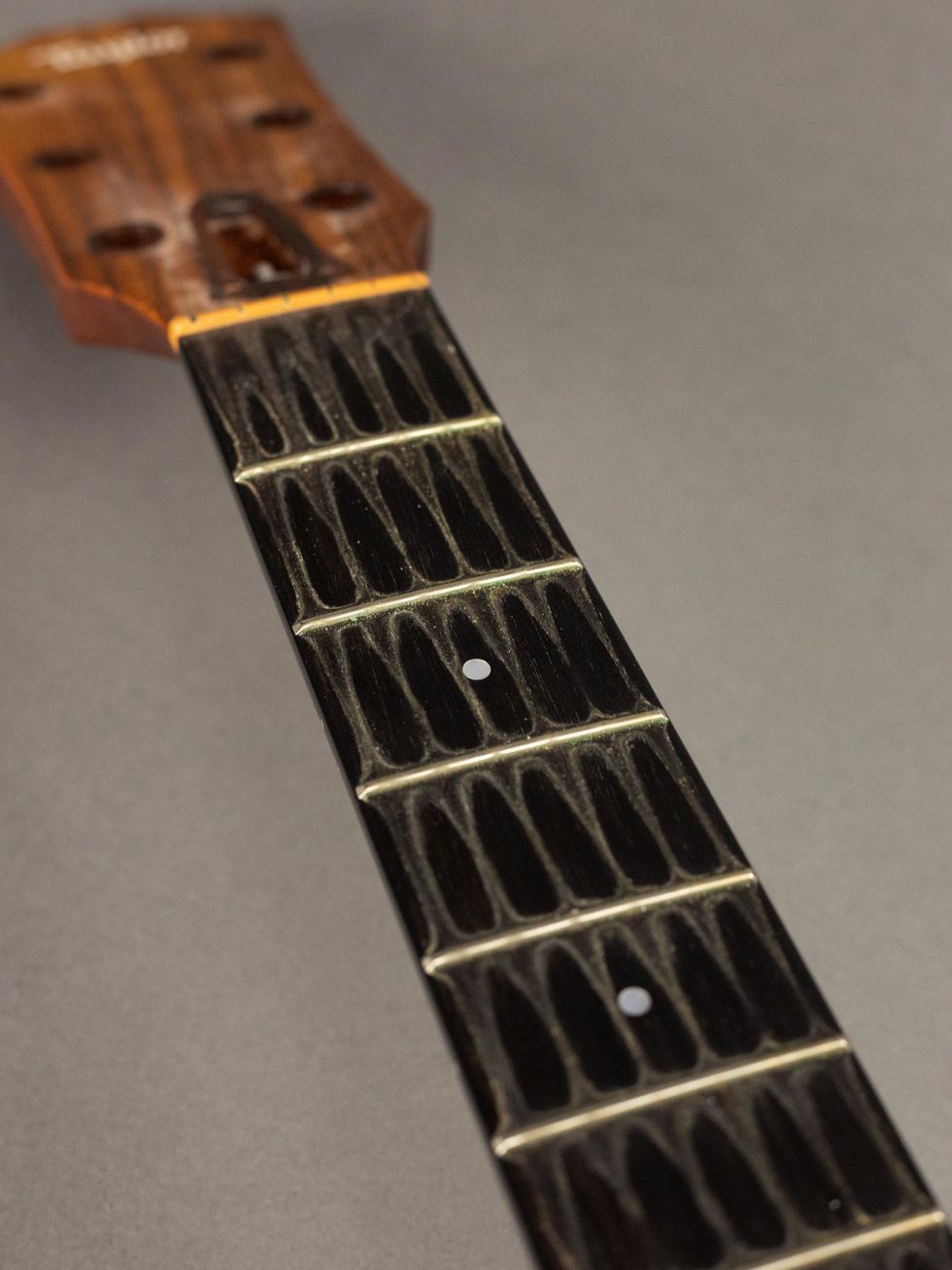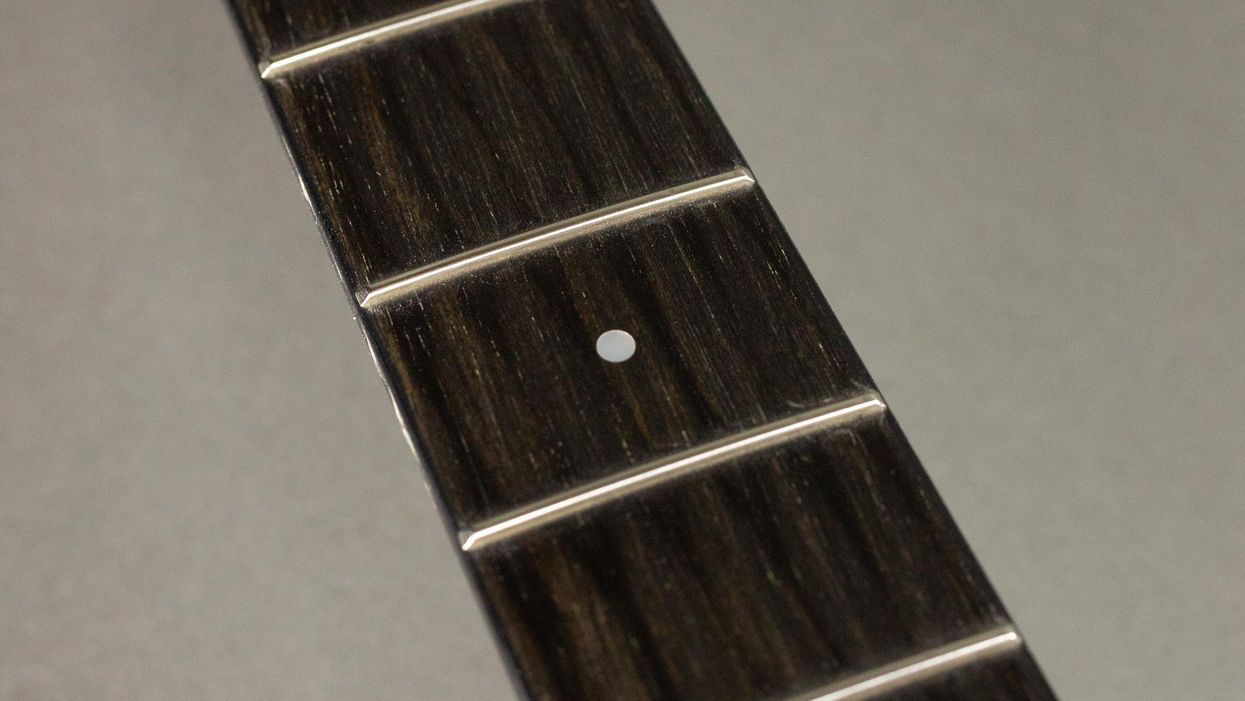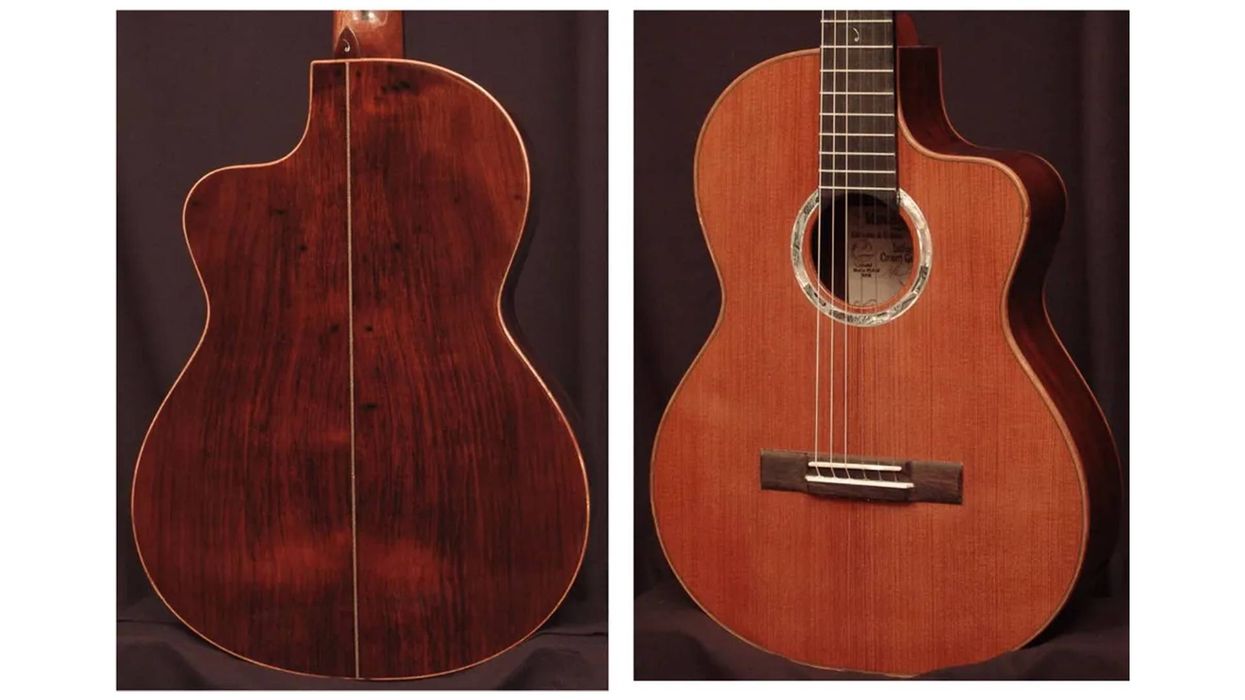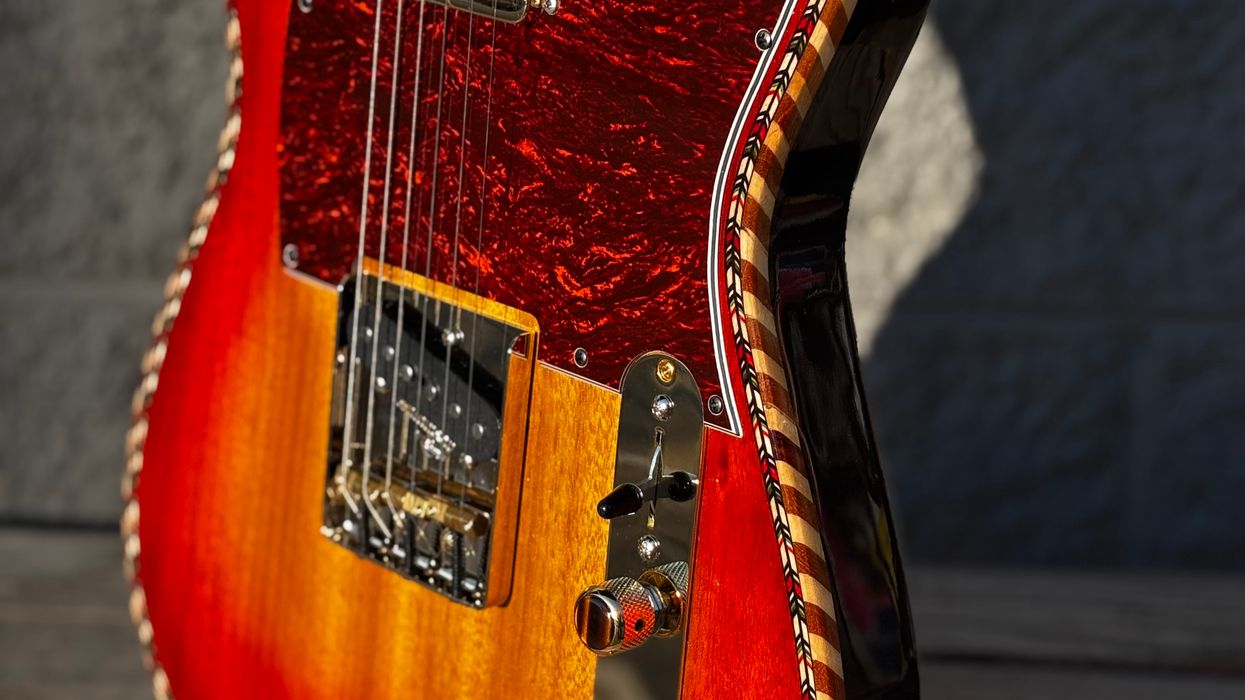There's an overwhelming amount of activity in the guitar market these days, and the sheer amount of demand has left some manufacturers struggling to keep up. But rather than wait around for stores to re-stock, more and more customers are shopping for used and vintage guitars. You might wonder, where do all those used guitars come from?
A simple explanation is that the pandemic taught everyone that if they haven't been playing a particular instrument in the last 18 months, they probably never will, so it goes on the market. But making the transition from guitar buyer to guitar seller is difficult for some people to navigate, and sellers frequently ask me how they can get the most for their guitar. Whether it's a year-old budget model or a classic reissue they've had for a decade or more, my answer is usually the same. And it doesn't matter if you're selling a guitar privately or trading it to a guitar shop to get something else. You'd be surprised what you can do to maximize your return, often in as little as 15 minutes.
So, here's the tip: Clean up your guitar. Use some guitar polish and fretboard cleaner, and put on a fresh set of strings. Voilà!
The steady demand for new instruments with a distressed finish might convince you that people don't care about the grunge on the neck of the guitar you're about to sell or trade, but you'd be wrong. Think of it this way: People buy new jeans with holes in the knees, but they don't buy jeans that somebody wore holes through and never washed. Wear is one thing—lots of us like the broken-in look. In fact, new violins finished to look like they were old were popular over a century ago. But wear from use isn't the same as dirt—especially personal dirt.
The steady demand for new instruments with a distressed finish might convince you that people don't care about the grunge on the neck of the guitar you're about to sell or trade, but you'd be wrong.
Guitars get handled, no doubt about it, and if you're playing one a fair amount, you've probably left some "signs of use" on the neck that aren't just fret wear. How about the pickguard, and where your right arm goes over the top? Those practice sessions on the patio last summer were a lot of fun, and it was too hot to wear a long-sleeve shirt. But when you were finished, you took a shower and the sunscreen and sweat went down the drain. Too bad your guitar didn't have that option!
When a salesperson sees a potential trade-in with a clean fretboard, a fresh set of strings, and the finish has at least been wiped down, they get a far better first impression that's to your advantage.

Hot tip: If your guitar looks like this, clean it up before selling it.
As a seller, you want your potential buyer to concentrate on sound and playability, and not be distracted by the tell-tale signs of a previous owner. And while trading an instrument in may not feel the same as selling it, that's still what you're doing. Don't assume the shop doesn't mind cleaning your personal dirt off the instrument you're trading in. Most guitar shops are stretched to the limit in terms of staff, and the time they will have to spend cleaning up a trade-in is time that could be spent doing something more profitable. Plus, catching up on someone else's deferred guitar maintenance isn't a very rewarding task.
And what about the case? Don't forget that it's part of the package! It might have been humorous and touching when your favorite cat curled up in your open guitar case—and the photo garnered lots of likes on Instagram—but get out the vacuum and clean up the cat hair before you head to the guitar store hoping for a good trade-in.
A hard-travellin' image may be what you strive for when playing the blues onstage, but a squeaky-clean impression will probably result in more money in your pocket when it's trade-in time.















